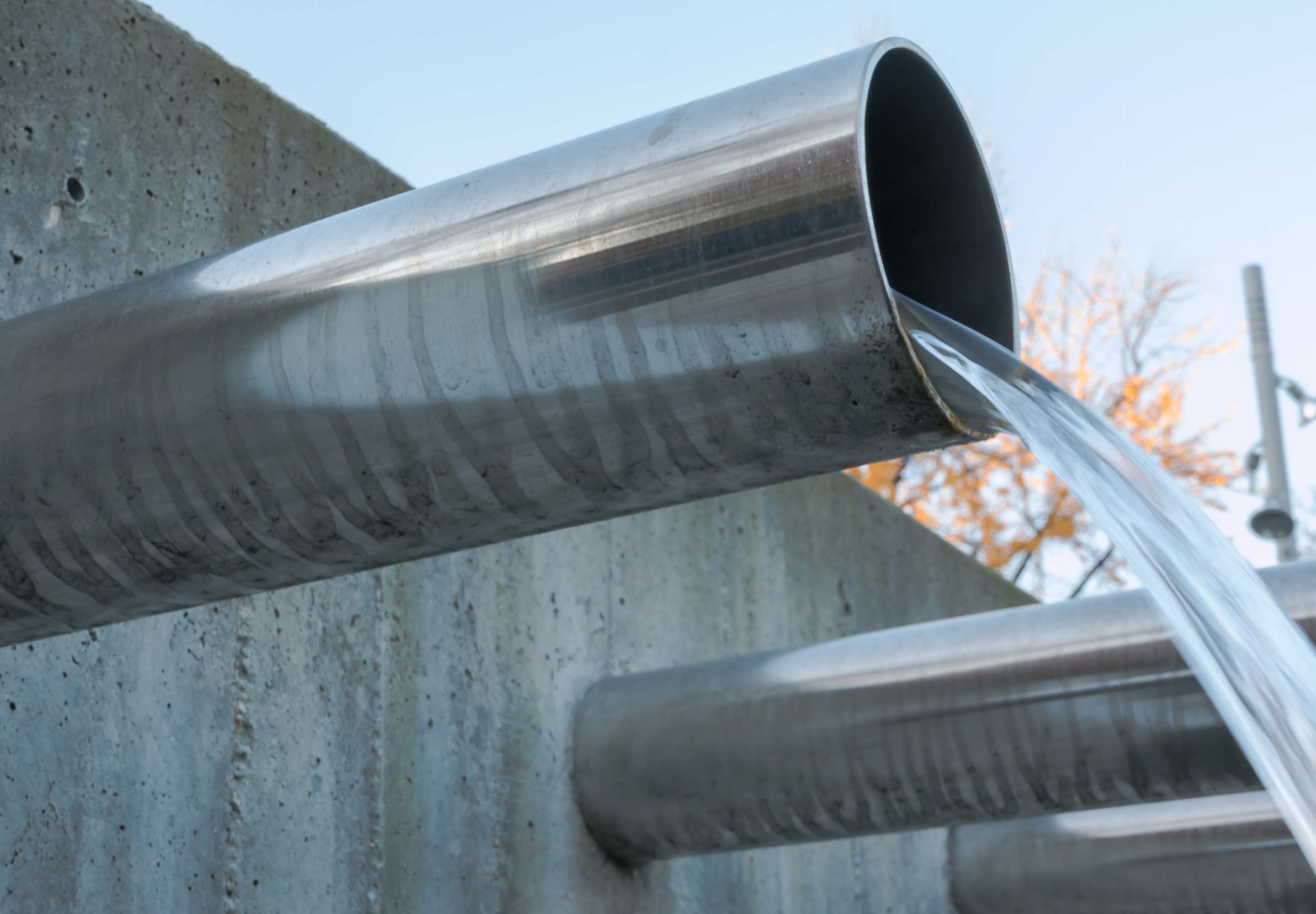-
Featured services
2026 Global AI Report: A Playbook for AI Leaders
Why AI strategy is your business strategy: The acceleration toward an AI-native state. Explore executive insights from AI leaders.
Access the playbook -
Services
View all services and productsLeverage our capabilities to accelerate your business transformation.
-
Services
Network Services
-
Services
Cloud
-
Services
Consulting
-
-
Services
Data and Artificial Intelligence
- Intelligent Solutions
- Data Strategy and Program
- Data Engineering and Platforms
- Data Governance and Management
- Data Visualization and Business Decision
- GenAI Consulting
- GenAI Platforms
- GenAI Industry Services
- GenAI Infrastructure Services
- GenAI Value Transformation
- View Data and Artificial Intelligence
-
Services
Infrastructure Solutions
-
Services
Global Data Centers
-
Services
CX and Digital Products
-
Services
Application Services
-
Services
Sustainability Services
-
Services
Digital Workplace
-
Services
Business Process Services
-
Services
Generative AI
-
Services
Cybersecurity
-
Services
Enterprise Application Platforms
![]()
Accelerate outcomes with agentic AI
Optimize workflows and get results with NTT DATA's Smart AI AgentTM Ecosystem
Create your roadmap -
-
-
Insights
Recent Insights
-
The Future of Networking in 2025 and Beyond
-
Using the cloud to cut costs needs the right approach
When organizations focus on transformation, a move to the cloud can deliver cost savings – but they often need expert advice to help them along their journey
-
Make zero trust security work for your organization
Make zero trust security work for your organization across hybrid work environments.
-
-
![]()
2026 Global AI Report: A Playbook for AI Leaders
Why AI strategy is your business strategy: The acceleration toward an AI-native state. Explore executive insights from AI leaders.
Access the playbook -
-
2026 Global AI Report: A Playbook for AI Leaders
Why AI strategy is your business strategy: The acceleration toward an AI-native state. Explore executive insights from AI leaders.
Access the playbook -
Discover how we accelerate your business transformation
-
About us
CLIENT STORIES
-
Liantis
Over time, Liantis – an established HR company in Belgium – had built up data islands and isolated solutions as part of their legacy system.
-
Randstad
We ensured that Randstad’s migration to Genesys Cloud CX had no impact on availability, ensuring an exceptional user experience for clients and talent.
-
-
CLIENT STORIES
-
Liantis
Over time, Liantis – an established HR company in Belgium – had built up data islands and isolated solutions as part of their legacy system.
-
Randstad
We ensured that Randstad’s migration to Genesys Cloud CX had no impact on availability, ensuring an exceptional user experience for clients and talent.
-
![]()
2026 Global AI Report: A Playbook for AI Leaders
Why AI strategy is your business strategy: The acceleration toward an AI-native state. Explore executive insights from AI leaders.
Access the playbook -
- Careers
Topics in this article
World Water Day, held on 22 March every year, is an opportunity to focus on the sixth United Nations’ Sustainable Development Goal: to ensure availability and sustainable management of water and sanitation for all.
For NTT’s Global Data Centers, this sustainability factor is as important to us as our commitment to net-zero emissions across our operations by 2030.
The biggest potential use for water in data centers is in evaporative cooling systems. Water improves the efficiency of these systems by reducing the electricity needed to run compressors in chillers, thereby also lowering the associated carbon emissions.
However, as the world warms and weather patterns change – with a higher risk of droughts and water shortages while we decarbonize our electricity supplies – the balance between the environmental impacts of water and electricity is also shifting. So, we are constantly looking to adapt, too.
Running dry to save precious water
For our new data center projects, our global standard design (GDS) includes “dry” cooling systems by default. The water in these systems isn’t evaporated but stays in a closed loop. We’ll still consider “wet” systems, but only after detailed studies have been conducted on the sustainability of water supplies and the benefits of energy savings compared with increased water use.
Where we do install wet systems, we also consider hybrid solutions – that is, systems that can run dry during the colder months of the year. This greatly reduces our annual water use while still allowing us to cut back on our electricity use in the summer months. The expansion of our London 1 Data Center, for example, is set to include hybrid coolers.
For existing sites that use evaporative systems, we will undertake a detailed performance review of their water usage efficiency this year. We will ensure these systems are operating as efficiently as possible while we plan upgrades and improvements.
This process has already started at our Hemel Hempstead 3 site, where we will install a reverse-osmosis plant to help reduce water usage. This will also extend the life of the cooling equipment, delaying the need for replacement and thereby limiting the embodied carbon levels associated with the production, transportation and disposal of that equipment.
Small changes go a long way
Apart from the cooling systems, the designs for our new sites will include managing stormwater flows from the site so we don’t place additional stress on local infrastructure, landscaping designs that avoid the need for irrigation and, where practical, capturing and reusing rainwater on-site.
And, finally, we will work with our employees, clients and partners to look at the small things we do with water that add up to big wastage. When the water tanks at our Johannesburg 1 Data Center had to be emptied, for example, we drained the water into temporary tanks for reuse instead of pouring it down the drain.
Small behavioral changes can have a big impact even in our personal lives. Do you leave the tap running when you brush your teeth? Does the toilet need to be flushed more than once? How long does your morning shower really need to be?
At NTT, we’re constantly thinking about how we can do better. We welcome your input and suggestions on this important issue.
Contact us to talk about our sustainable initiatives across our data center locations. We look forward to hearing from you.




